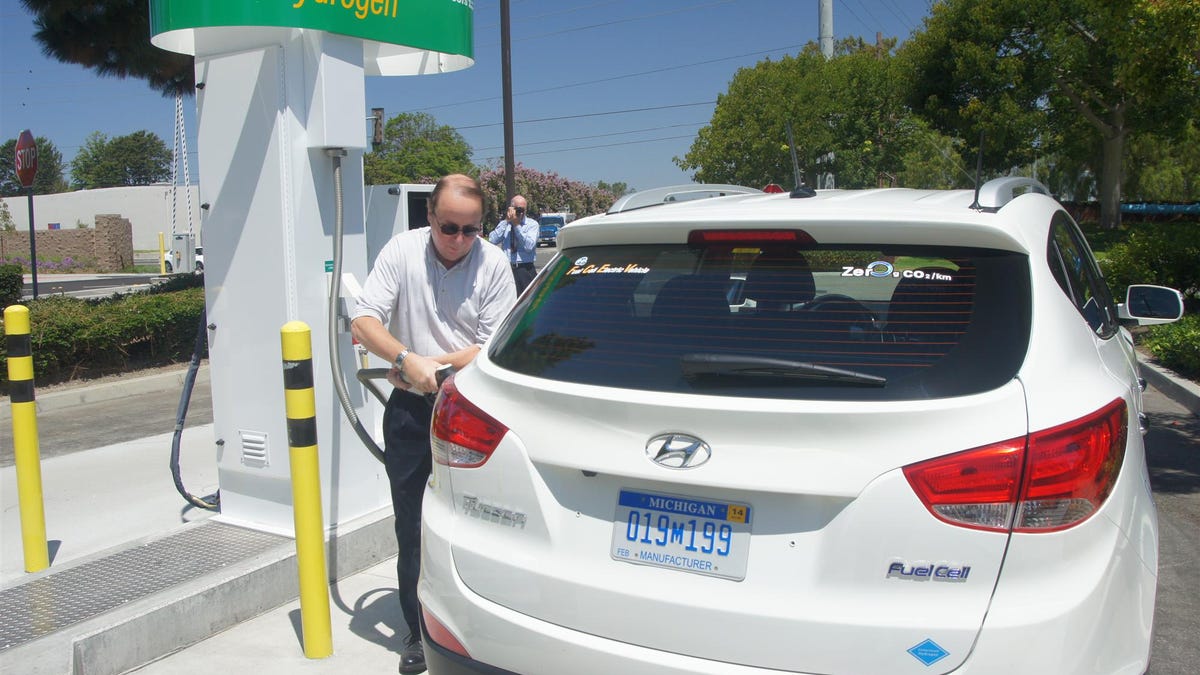Sewage-powered hydrogen fueling station opens in CA
Could sewage be the holy grail for clean fuel? The Orange County Sanitation District in Fountain Valley, Calif., recently opened the world's first tri-generation fuel cell and hydrogen energy station, which uses sewage biogas to produce heat, electricity, and hydrogen.

Could sewage be the holy grail for clean fuel? The Orange County Sanitation District (OCSD) in Fountain Valley, Calif., recently opened the world's first tri-generation fuel cell and hydrogen energy station, which uses sewage biogas to produce heat, electricity, and hydrogen. The end result of the system is a constant stream of hydrogen that doesn't require large amounts of electricity to produce.
Sewage waiting to be processed at the OCSD treatment plant produces methane gas. A system designed by FuelCell Energy collects the methane and reformulates it into hydrogen, then sends it to a fuel cell. Electricity from the fuel cell is used to power the facility, and any leftover hydrogen is diverted to a hydrogen fueling station operated by AirPower.
AirPower takes the excess hydrogen and purifies it further into fuel-grade hydrogen that can power vehicles. The waste facility is expected to generate approximately 250 kilowatts of electricity daily, and produce enough excess hydrogen fuel to power 25 to 50 vehicles. Heat generated during the purification and conversion process may also be captured and directed for other uses.
The new system is a three-year demonstration project partly funded by the Department of Energy, and could serve as a model for generating renewable hydrogen fuel for vehicles. If all available feedstock sources of methane gas were captured, such as food, brewery wastes, and landfill gas, this new method of hydrogen fuel generation could theoretically be used to power up to 200 million fuel cell vehicles.
BMW is working on a similar pilot project to convert methane gas to hydrogen. The car maker is collecting gas from a landfill close to its Spartanburg assembly plant, and is developing a process to turn it into hydrogen that it will use to power vehicles in its manufacturing facility.
AirProducts recently worked with Toyota to open a hydrogen pipeline-fed hydrogen refueling station on its Torrance, Calif. corporate campus. Toyota, Kia, and Hyundai are some of the auto manufacturers who have said they will bring fuel cell vehicles to the mass market by 2015.

